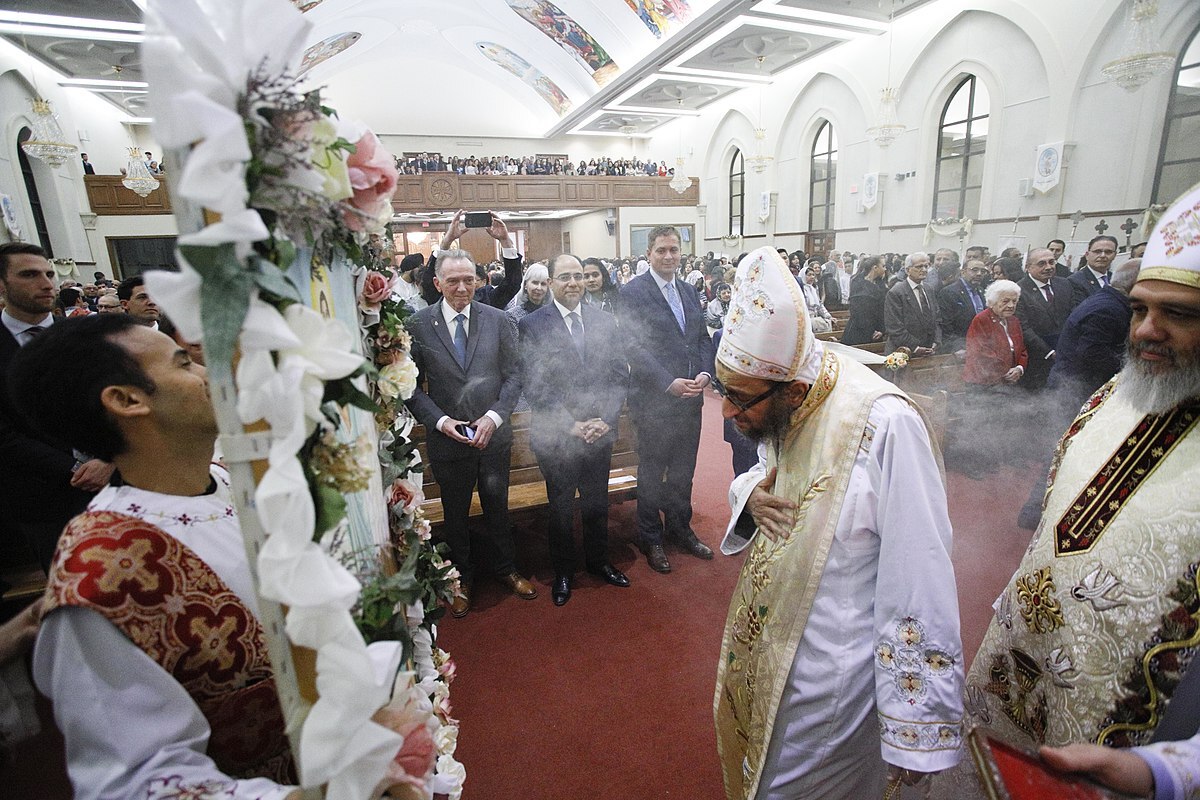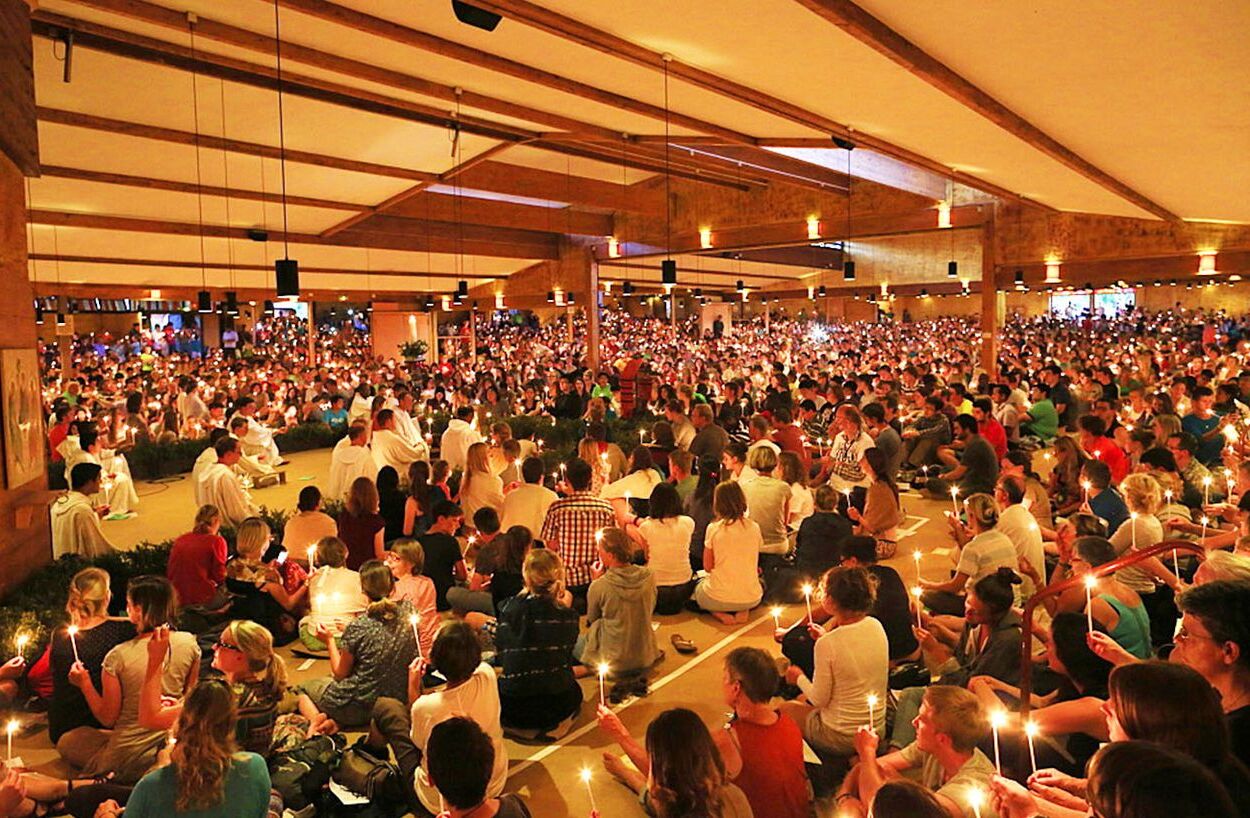
What is the Alexandrian Rite? The Alexandrian Rite is one of the oldest Christian liturgical traditions, originating in Alexandria, Egypt. It is primarily used by the Coptic Orthodox Church and the Ethiopian Orthodox Tewahedo Church. This rite includes unique prayers, hymns, and rituals that distinguish it from other Christian practices. Saint Mark the Evangelist is traditionally credited with founding the Alexandrian Church, making this rite deeply historical. The liturgy is celebrated in Coptic, Ge'ez, and Arabic languages. Its rich heritage reflects a blend of ancient Egyptian, Greek, and Christian influences. Understanding the Alexandrian Rite offers a glimpse into the spiritual life and traditions of millions of Christians in Africa and the Middle East.
Origins of the Alexandrian Rite
The Alexandrian Rite is one of the oldest liturgical traditions in Christianity. It has a rich history and unique practices that set it apart from other rites.
- The Alexandrian Rite originated in the city of Alexandria, Egypt, which was a major center of early Christianity.
- It is primarily used by the Coptic Orthodox Church and the Coptic Catholic Church.
- The rite traces its roots back to St. Mark the Evangelist, who is believed to have founded the Church in Alexandria.
Liturgical Language and Texts
The language and texts used in the Alexandrian Rite are distinct and hold significant historical value.
- The primary liturgical language of the Alexandrian Rite is Coptic, which is derived from ancient Egyptian.
- Greek was also used in the early centuries of the rite, reflecting Alexandria's Hellenistic influence.
- The liturgical texts include the Liturgy of St. Basil, the Liturgy of St. Gregory, and the Liturgy of St. Cyril.
Unique Liturgical Practices
The Alexandrian Rite has several unique practices that differentiate it from other Christian liturgical traditions.
- The rite includes a distinctive form of chanting known as Coptic chant, characterized by its melodic and rhythmic complexity.
- The use of incense is prominent, symbolizing prayers rising to heaven.
- The liturgical calendar includes unique feasts such as the Feast of Nayrouz, which marks the Coptic New Year.
Structure of the Divine Liturgy
The structure of the Divine Liturgy in the Alexandrian Rite follows a specific order, rich in symbolism and tradition.
- The Divine Liturgy begins with the Prayer of Thanksgiving, setting a tone of gratitude.
- The Liturgy of the Word includes readings from the Old Testament, Epistles, and Gospels.
- The Liturgy of the Faithful involves the consecration of the Eucharist, considered the most sacred part of the service.
Role of Icons and Symbolism
Icons and symbolism play a crucial role in the Alexandrian Rite, enhancing the spiritual experience of the faithful.
- Icons are venerated and used extensively in the liturgical space, serving as windows to the divine.
- The cross is a central symbol, often elaborately decorated and carried in processions.
- Liturgical vestments are richly adorned, reflecting the glory and majesty of God.
Monastic Influence
Monasticism has had a profound impact on the development and practices of the Alexandrian Rite.
- The monastic tradition in Egypt, particularly in the deserts of Scetis and Wadi El Natrun, has deeply influenced the rite.
- Monks and nuns play a significant role in preserving and transmitting the liturgical traditions.
- The ascetic practices of the monastic community are reflected in the penitential aspects of the rite.
Modern Adaptations and Global Presence
While rooted in ancient traditions, the Alexandrian Rite has also adapted to modern times and spread globally.
- The Coptic diaspora has established churches worldwide, bringing the Alexandrian Rite to new regions.
- Modern adaptations include the use of local languages in the liturgy, making it accessible to a broader audience.
Final Thoughts on Alexandrian Rite
The Alexandrian Rite stands out for its rich history and unique traditions. Originating in Alexandria, this rite has influenced many Christian practices. Its liturgies, like the Liturgy of St. Mark, are deeply spiritual and symbolic. The use of Coptic language in services highlights its ancient roots. Over time, it has adapted while preserving core elements, making it a living tradition. Understanding the Alexandrian Rite offers insight into the diversity within Christianity. Its blend of African, Greek, and Middle Eastern influences showcases a unique cultural tapestry. For those interested in religious history or liturgical practices, exploring the Alexandrian Rite is both enlightening and rewarding. This rite not only enriches the faith of its followers but also contributes to the broader Christian heritage.
Was this page helpful?
Our commitment to delivering trustworthy and engaging content is at the heart of what we do. Each fact on our site is contributed by real users like you, bringing a wealth of diverse insights and information. To ensure the highest standards of accuracy and reliability, our dedicated editors meticulously review each submission. This process guarantees that the facts we share are not only fascinating but also credible. Trust in our commitment to quality and authenticity as you explore and learn with us.


